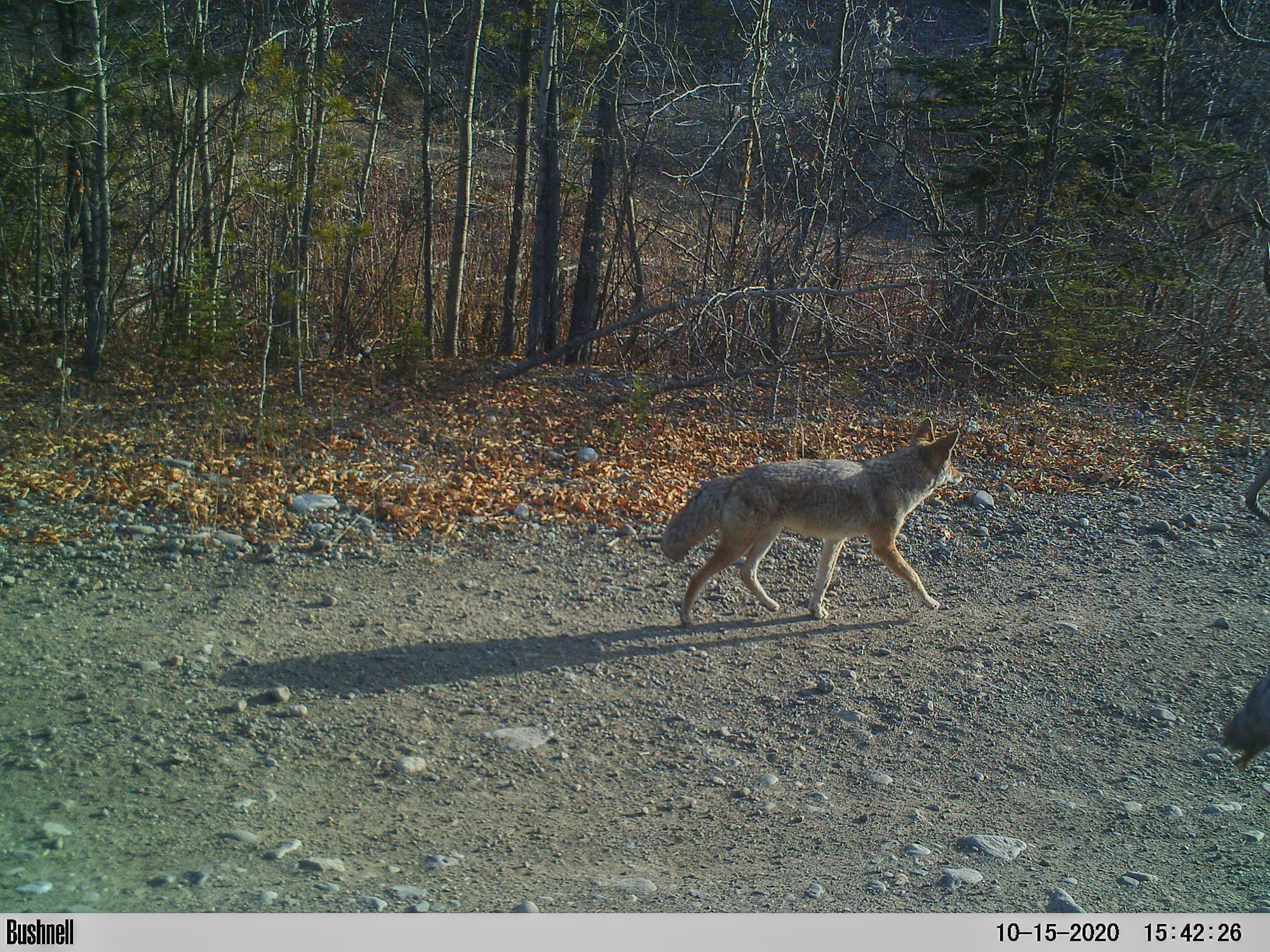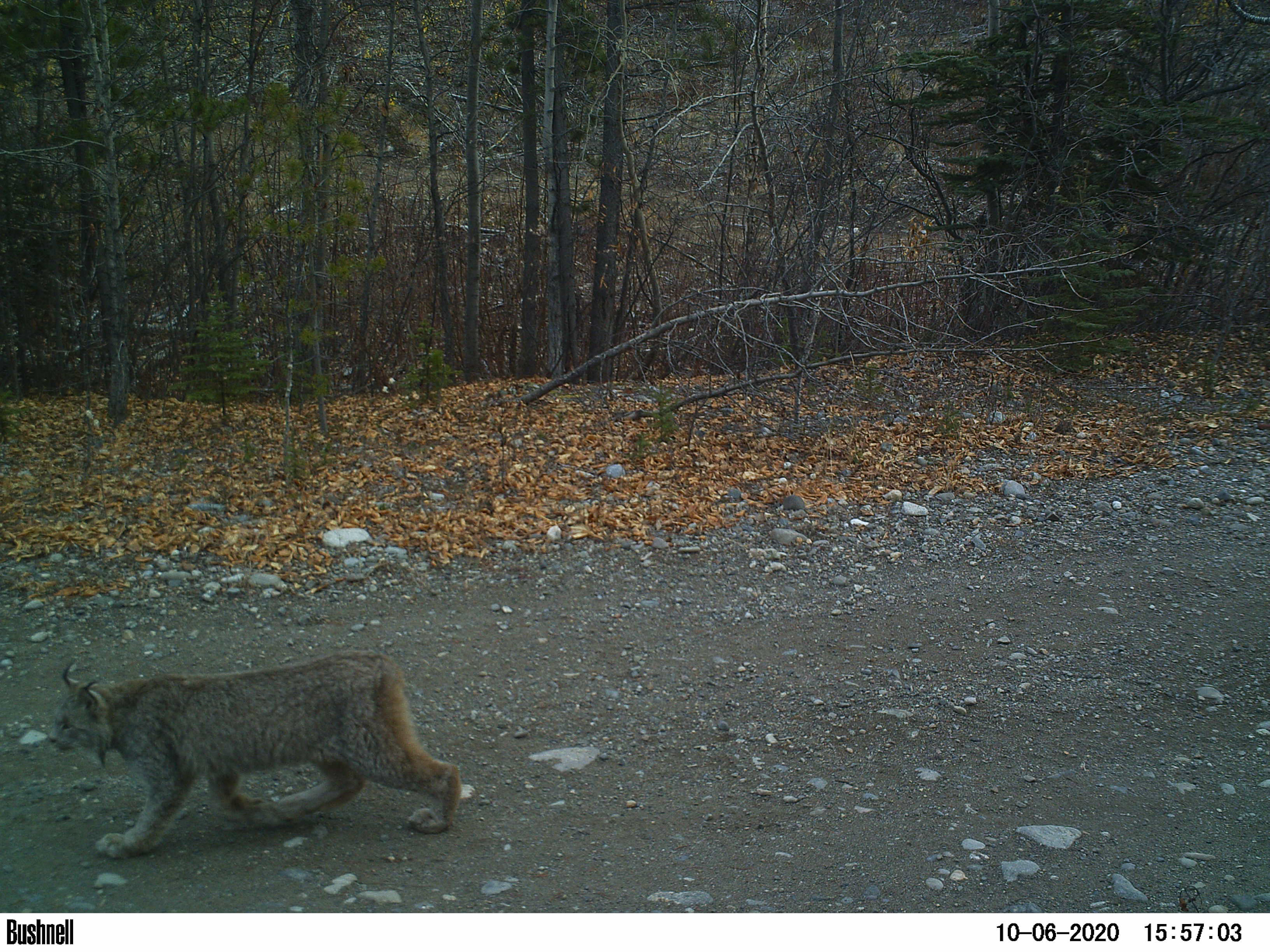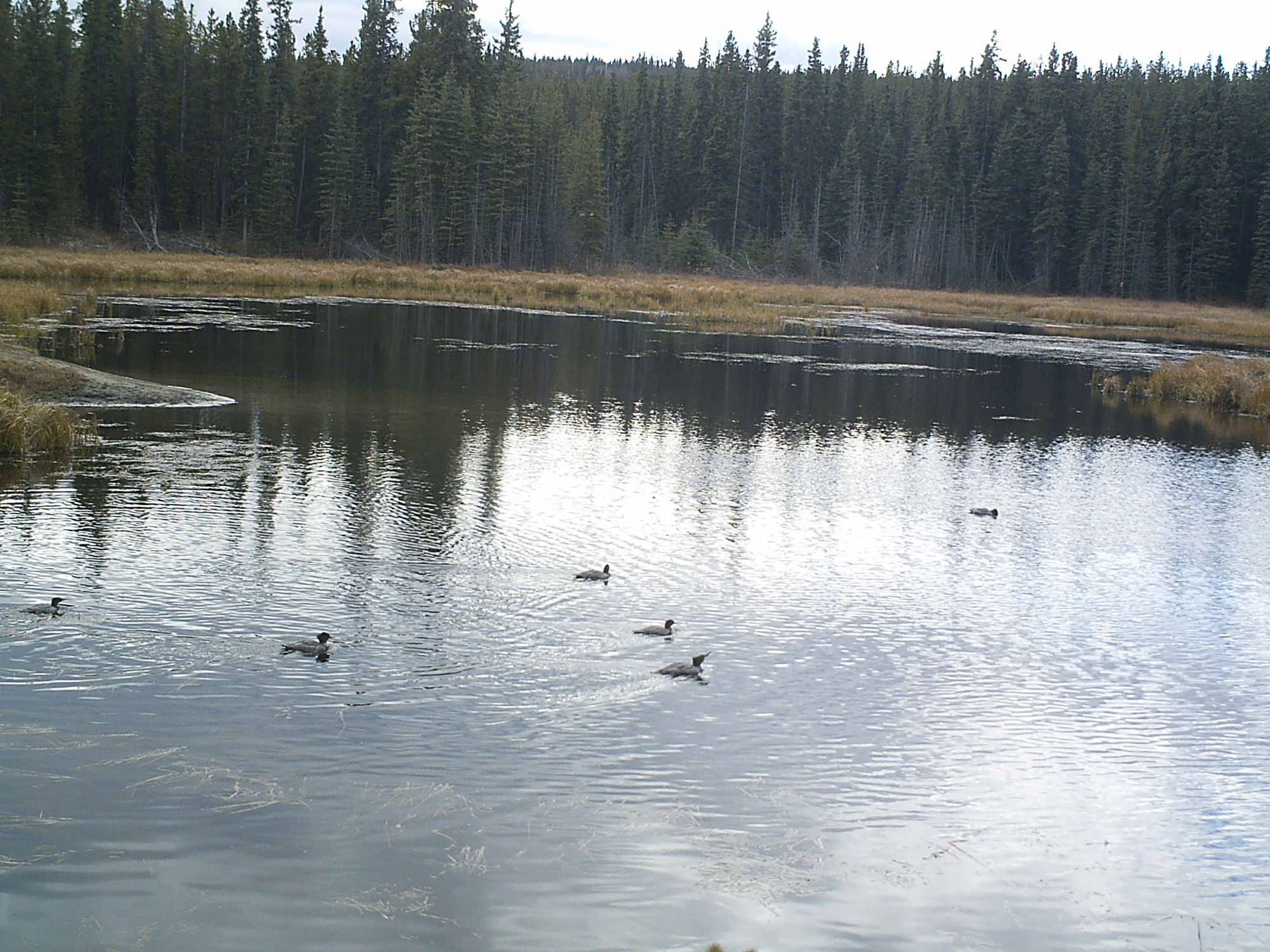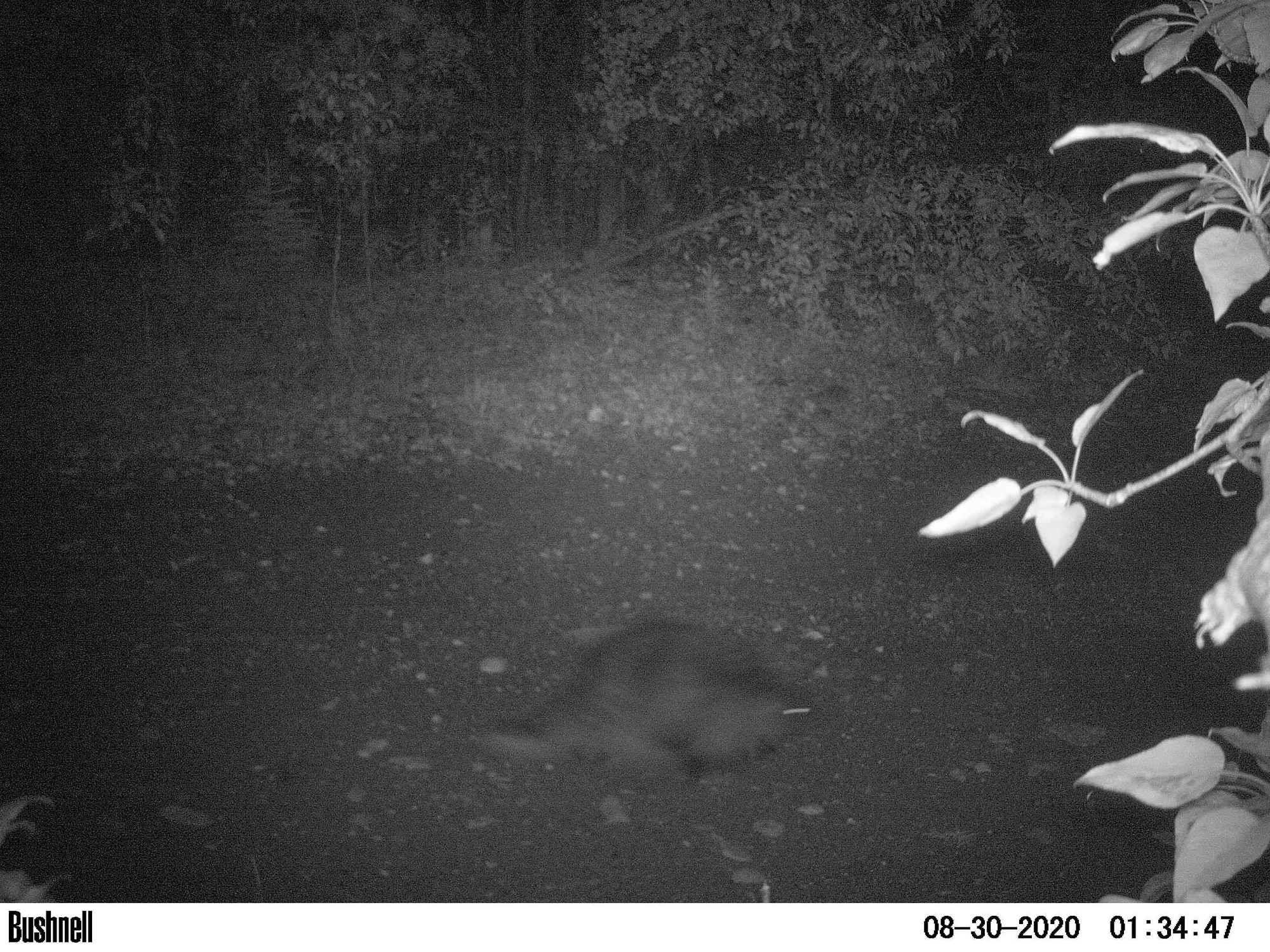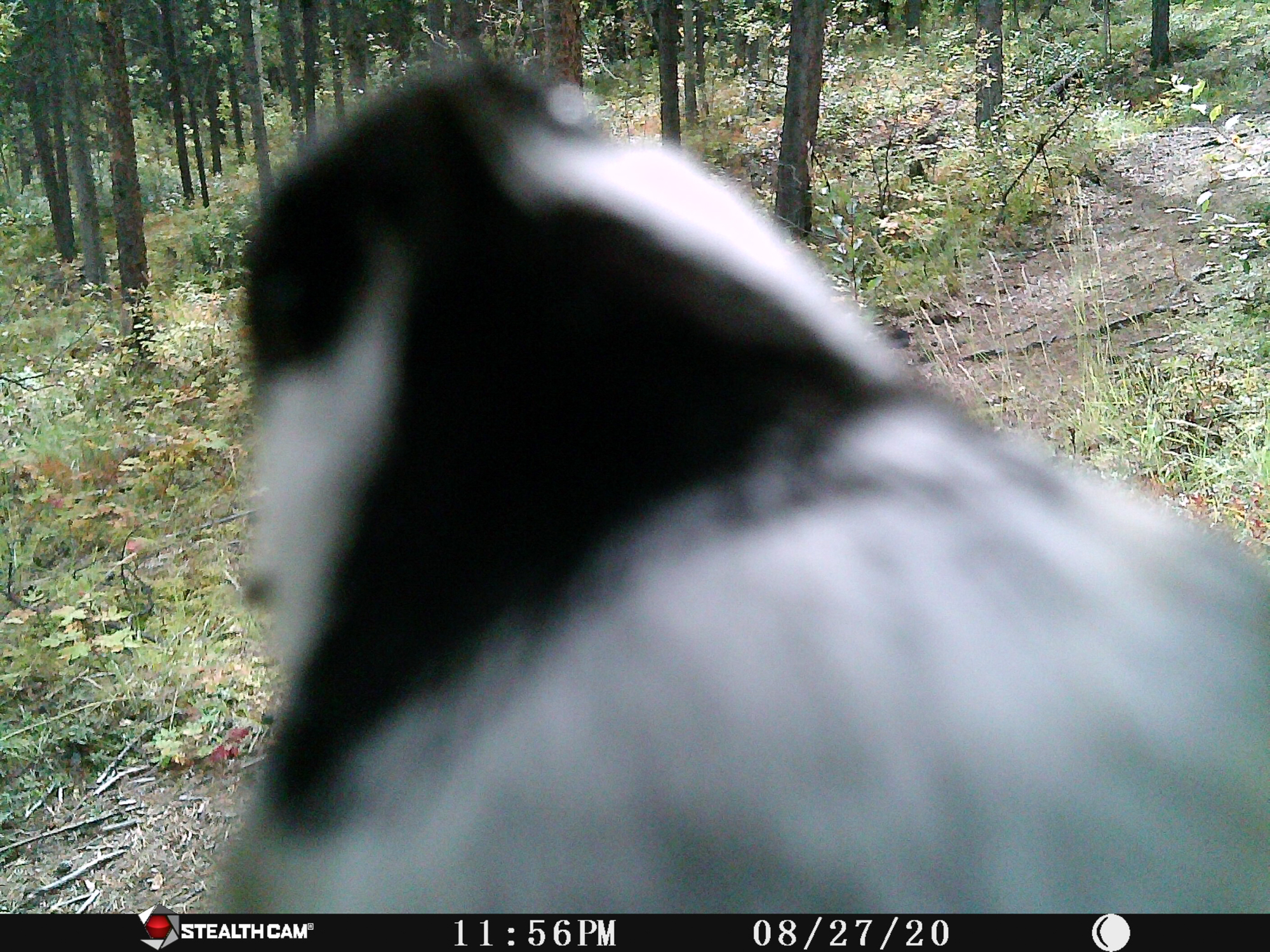What McIntyre Creek Taught Me
Written by Maegan McCaw, Conservation Coordinator
McIntyre Creek is the heart of a wildlife corridor that passes through Whitehorse, Yukon; home of over 90% of the Territory’s human population. It has a long and colorful history, beginning as a glacial meltwater channel and ending as a highly valued recreational and wilderness area that passes through the most developed region of the Yukon. Today, the creek and its surrounding ecosystem hold many social, cultural and ecological values, including considerable biodiversity. However, a rapidly growing human population forces City of Whitehorse planners to consider future subdivision and road developments, some of which could compromise McIntyre Creeks’ ecological roles. Protection of McIntyre Creek continues to be a topic of discussion, which provides an opportunity for collaborative local conservation planning with a long-term vision.
Documenting the story of McIntyre Creek involved a thorough literature review to understand its history and ecosystems. I pooled data and information from a variety of sources to create biodiversity maps showing different plant and animal groups, otherwise referred to as ‘taxa’. These sources of data included observations made by members of the community (“community science” data), long-term biological monitoring programs (conducted by government and other scientists and local consulting firms), conversations with experts, and my own targeted data collection using remote cameras and bat detectors. The final product of this work is The Story of McIntyre Creek (Chasàn Chùa) report, which details the history of the area, its social and ecological values, and what the future of McIntyre Creek could look like.

As I gathered data from the area, it became overwhelmingly clear that McIntyre Creek continues to support immense ecological and biological diversity which would be difficult to summarize concisely. In 2000, Applied Ecosystem Management Ltd. classified McIntyre Creek as a Significant Wildlife Area, meaning it contains zones that are sensitive to human disturbance and provide high value wildlife habitat. The creek itself is surrounded by a variety of riparian and upland habitats, including:
• willow thickets,
• steep-walled canyons,
• grassy south-facing slopes,
• open lodgepole pine forests,
• mixed-wood forests, and
• spruce-Labrador tea forests on cool north-facing slopes
The area also has large and diverse wetlands that provide critical ecosystem services. The diverse landscapes and vegetation provide habitat for a variety of wildlife species with different life histories, including multiple rare and federally listed at-risk species. Invertebrates, although often overlooked as wildlife, are an important component of ecosystem function at McIntyre Creek and an indicator of ecosystem health. The creek is also home to multiple species of fish and one species of amphibian. McIntyre Creek has become a popular birding destination among locals because of the immense diversity of bird life that the wetlands, thickets and forests attract. Some bird species use the area as a stopover on their migration route, while others use the creek seasonally for important life stages like reproduction. Others still can be found at McIntyre Creek year-round. The area plays a similar role for mammals. Many small to medium sized mammals are permanent residents. For large mammals, McIntyre Creek is either part of a species’ home range or serves as a movement corridor.

Wildlife corridors are strips of habitat that link two larger habitat patches. McIntyre Creek is the only corridor facilitating wildlife movement through the Whitehorse area, making it important for maintaining a travel route to the large wilderness areas to the east and west of Whitehorse. The corridor’s importance for maintaining genetic connectivity and the resilience of our wildlife populations will likely be amplified in the future as climate change progresses and development in southern Yukon expands to support a growing human population.
I also took a look into McIntyre Creek’s past. I learned that there are many archeological sites along McIntyre Creek where artifacts have been recovered, which confirm the area had been used by First Nations for thousands of years. Following the most recent glacial period, wildlife ranges expanded south from the ice-free region of Beringia, and people followed and soon had established travel routes and campsites. McIntyre Creek was an important travel route for First Nations Peoples and became part of the Traditional Territories of the Ta’an Kwäch’än Council and the Kwanlin Dün First Nation. The creek was originally named Chasàn Chùa, meaning Copper Creek in Southern Tutchone, due to the area’s abundance of copper nuggets. Today, McIntyre Creek continues to hold cultural significance for both the Ta’an Kwäch’än Council and the Kwanlin Dün First Nation.
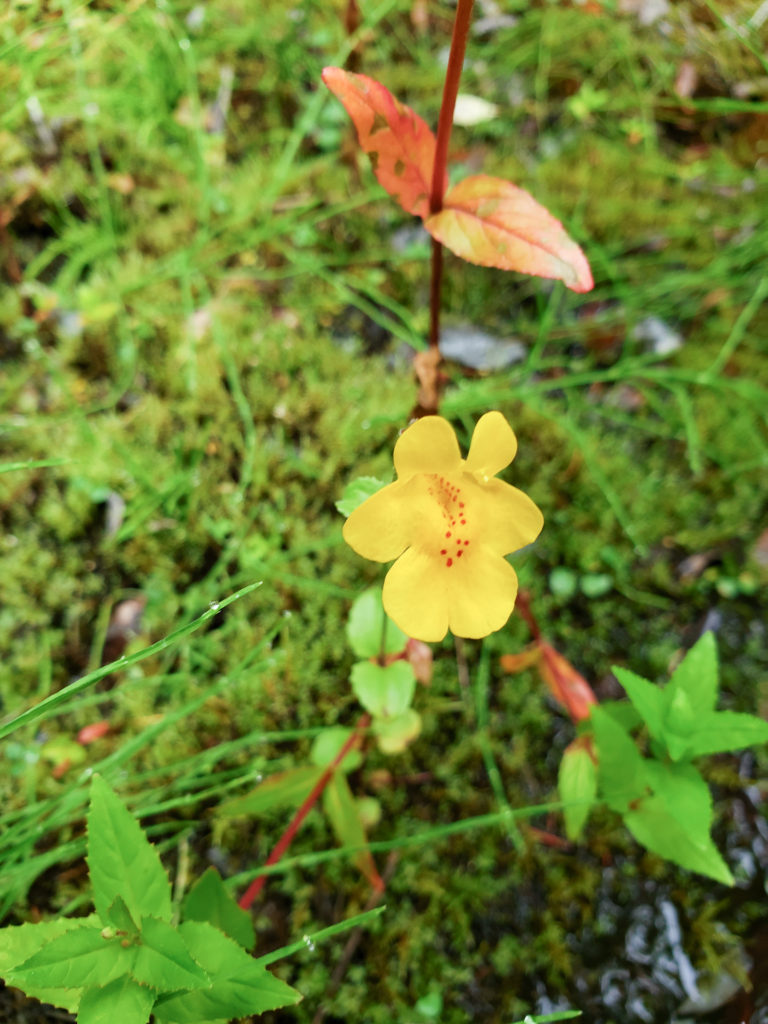
Industrial activity at McIntyre Creek began in the early 1900s. This included underground and open pit mines, remains of which are present to this day. The mines targeted copper and other metals often found with copper. It was at this point that the creek was re-named McIntyre Creek after Jack McIntyre, the first prospector to stake a claim in the area. A U.S. army dumpsite near the confluence of the creek and the Yukon River wreaked havoc on the environment, and displaced local First Nations from their established campsites that they had used for millennia. More changes to the system occurred when a hydro electric project diverted water into McIntyre Creek and altered the flow volume.
![]()
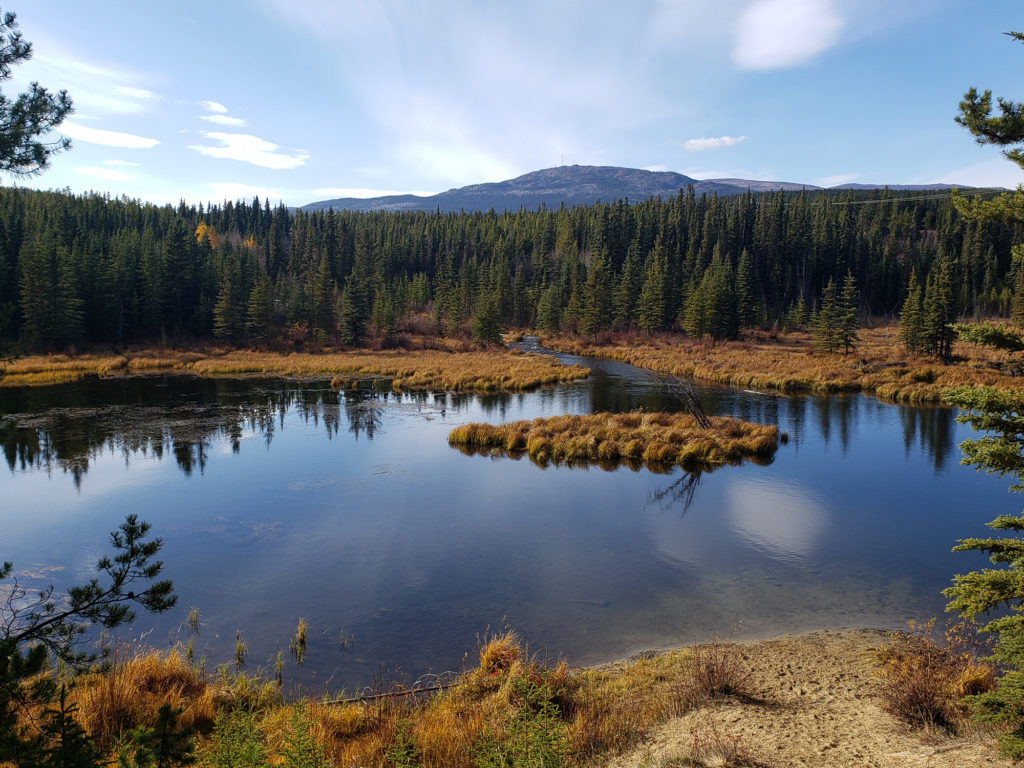
The City of Whitehorse has proposed several regional parks, which would be managed by the City. One of these proposed parks is McIntyre Creek. At the same time, to meet the demands of a growing population, the City has explored several subdivision expansion options – one of which extends into the McIntyre Creek corridor and has been strongly opposed by several groups. These groups have lobbied for formal protection of McIntyre Creek, including the area proposed for development, citing concerns over negative impacts to wildlife that use McIntyre Creek for year-round habitat and as a travel route to access wilderness areas on either side of Whitehorse. McIntyre Creek is also an important recreational area and a highly accessible place where people can connect with nature, a feature that has become increasing important with the travel and social gathering restrictions of the ongoing COVID-19 pandemic.
The question of whether McIntyre Creek will receive protection remains unanswered, but the creek presents several potential opportunities for the future. While expanding development into the McIntyre Creek Corridor is convenient in the short term, it is important to consider the long-term implications of encroaching into the only wildlife corridor that passes through the City of Whitehorse. There are also many interested parties and implications of protection to consider. Different groups could contribute to management of the area in distinct ways, such as an environmental monitoring program that could be spearheaded by Yukon University. Through careful planning, formal protection is likely to achieve overall positive results – for example, a protected area could result in positive economic benefits driven by financial returns (e.g., tourism opportunities) and non-financial returns (i.e., the provision of ecosystem services). Whatever decisions are made about the future of the area, both the Kwanlin Dün First Nation and Ta’an Kwäch’än Council must be at the centre of planning to ensure their visions for the area are upheld. This may mean staving off development within the corridor until the First Nations can enter into their land use planning processes and make overarching decisions regarding the future of their traditional territories. With this larger landscape scale in mind, McIntyre Creek provides an opportunity to practice conservation proactively, benefitting not only the local environment, but also conservation planning for southern Yukon. This corridor through Whitehorse could be used to connect to other wilderness areas, including existing protected areas and key wildlife areas, promoting healthy human-wildlife interactions and ensuring the resilience of species’ and ecosystems into the future.

